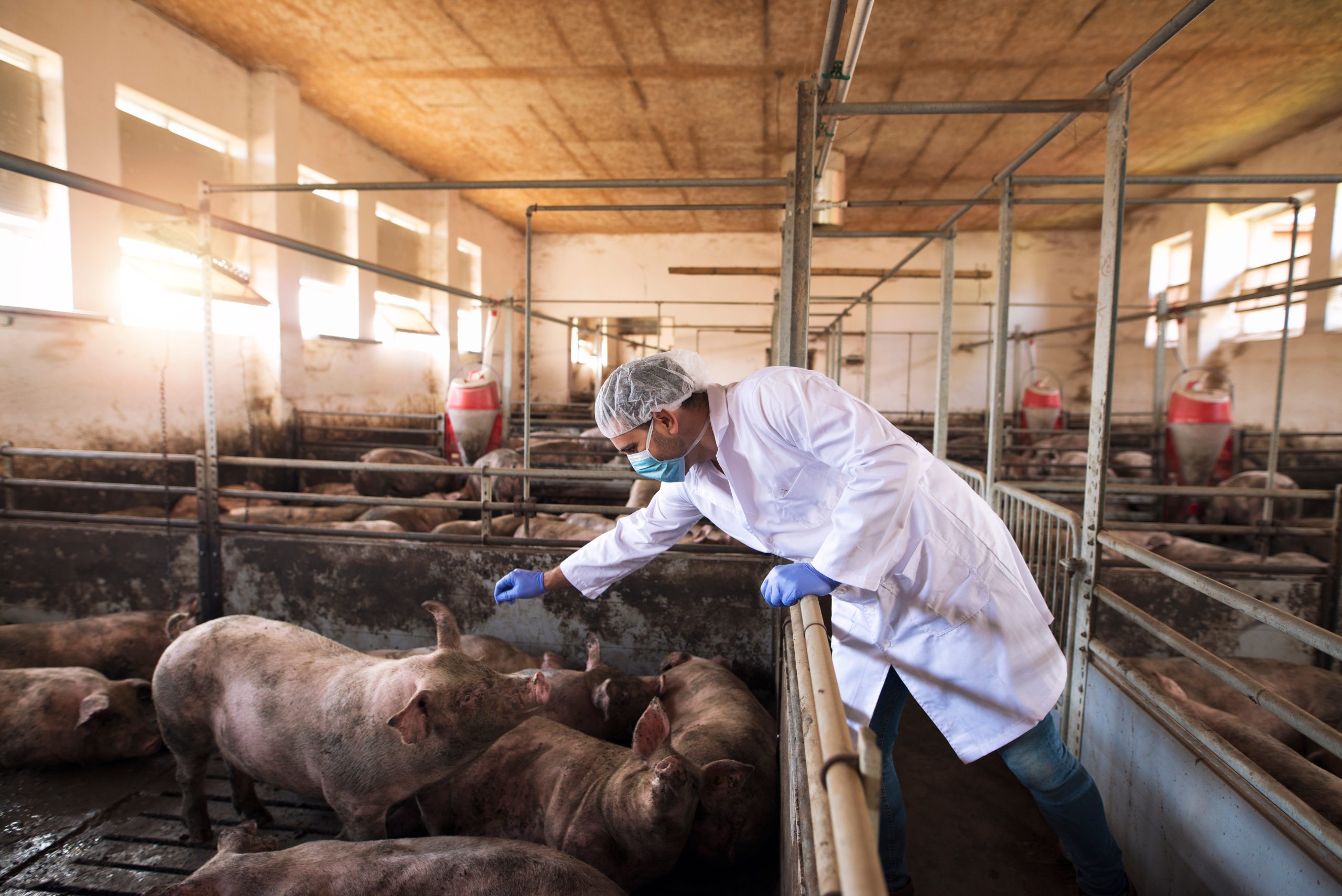Warning over zoonotic diseases after human swine flu case confirmed

Scientists are working to better understand a type of swine flu that was detected in a person in the United Kingdom for the first time. Swine flu typically circulates in pigs but caused a human pandemic in 2009 that killed an estimated 284,000 people.
The virus detected in the UK individual was influenza A subtype H1N2, which is known to have infected 50 people worldwide since 2005. None of those previous cases is related genetically to the UK variant, according to information released on 27 November by the UK’s Health Security Agency (UKHSA).
The UK case was detected after doctors carried out a genetic test on a person in North Yorkshire who reported flu-like symptoms. The patient has now made a full recovery. The UKSHA says that it is is still investigating how the person got infected.
British Veterinary Association President Anna Judson said: “Reports that the new AH1N2v swine flu strain has been found in a person in the UK are concerning, but this is so far an isolated case with mild symptoms and the patient has made a full recovery. However, this shows that zoonotic diseases, which can transfer from animals to people, do pose a threat to human health and so vigilance and good biosecurity is key. It highlights the crucial role of disease surveillance and the importance of state veterinary services in protecting both animal and human populations from emerging diseases. Farmers and frontline vets also play a vital role in the early detection of diseases and effective disease monitoring.”
As soon as UKHSA got the test results back, it contacted the individual concerned and their close contacts. Fortunately, the person had not been out at any big events, so did not have a vast number of contacts to trace.
These contacts were advised that they could potentially be infectious and should self-isolate pending a negative test result.
However, there is no sign yet that the virus has or will spread easily between people. Typically viruses acquired from pigs do not spread easily from person to person. But the UKHSA says it will continue to investigate.
Paul Hunter an epidemiologist at the University of East Anglia in Norwich, said: “The virus that caused the 2009 swine flu pandemic was a mixture of different viruses: a swine flu, a human flu and a bird flu all exchanged genes and then another swine flu mixed with that one, to produce a virus which was able to jump into humans, and so that was an unusually complex mixing and matching version.”







